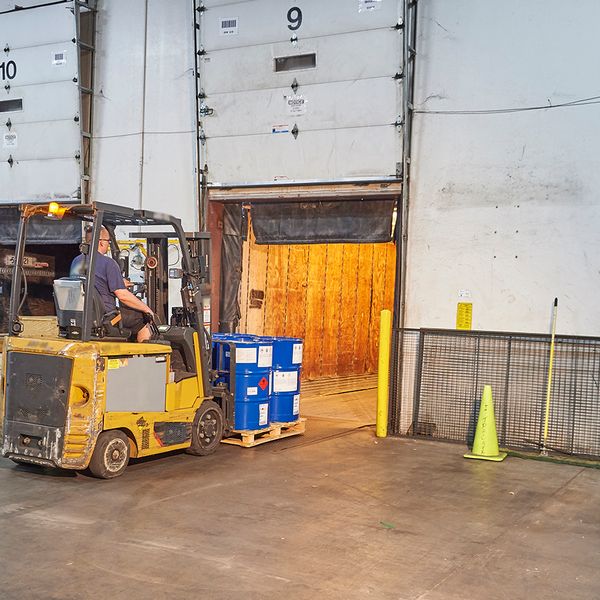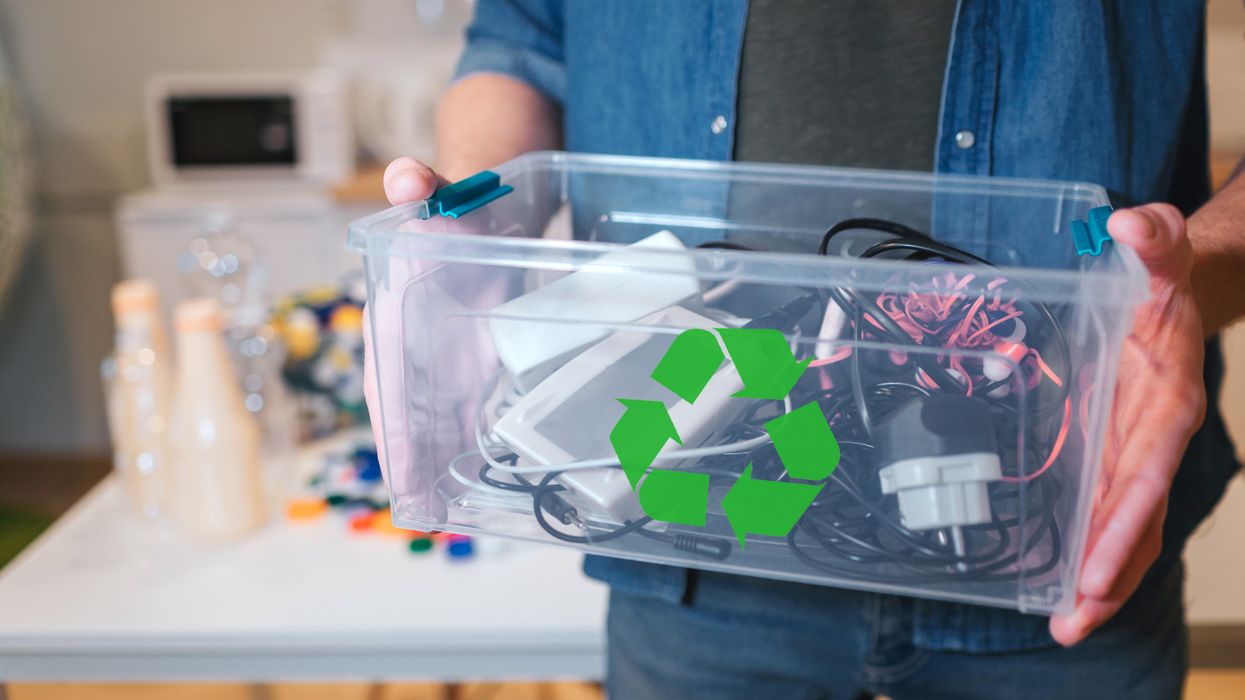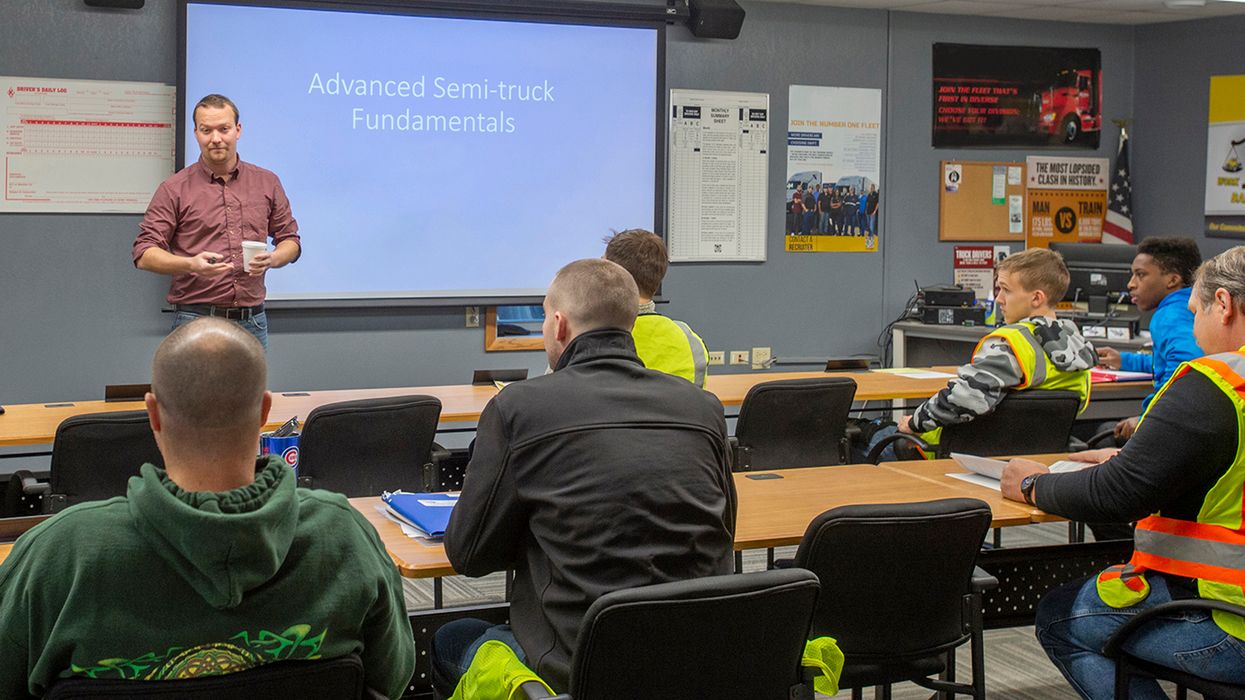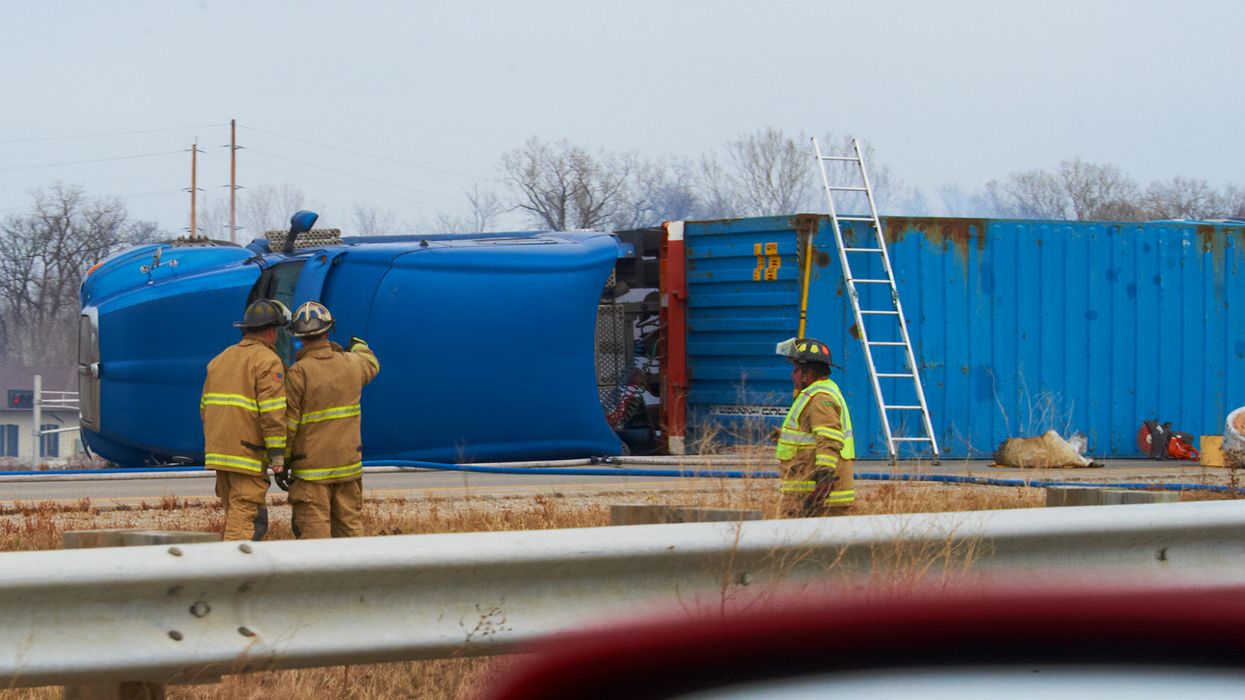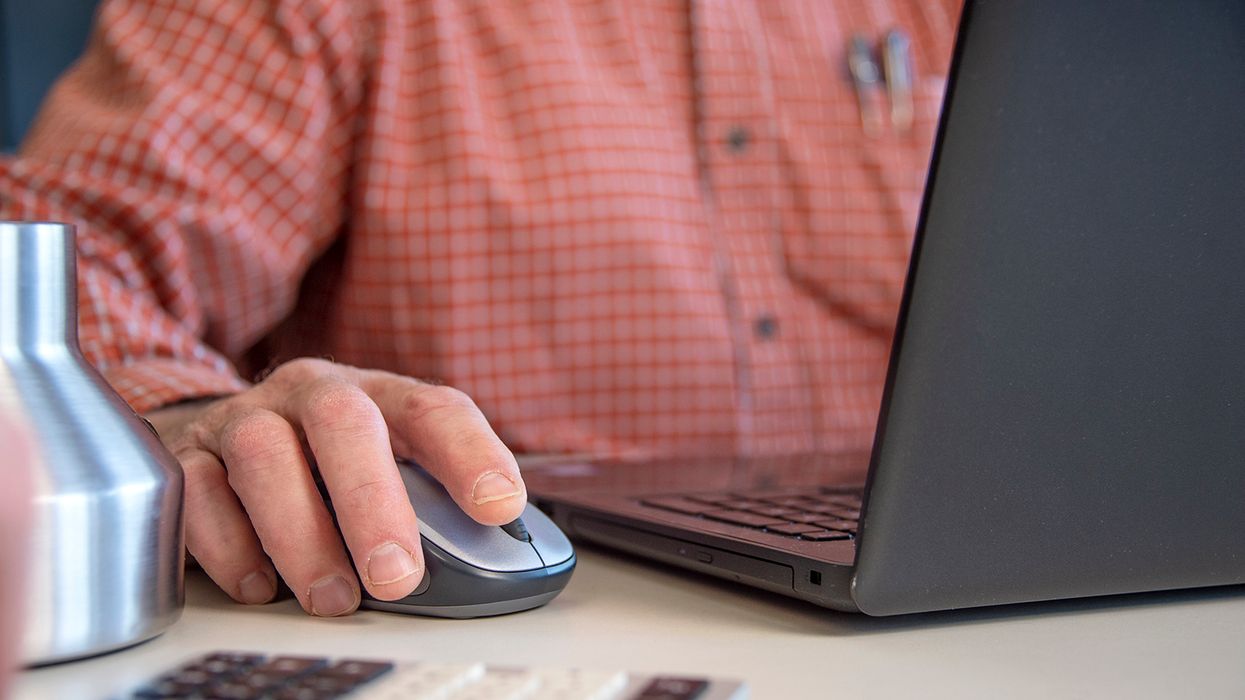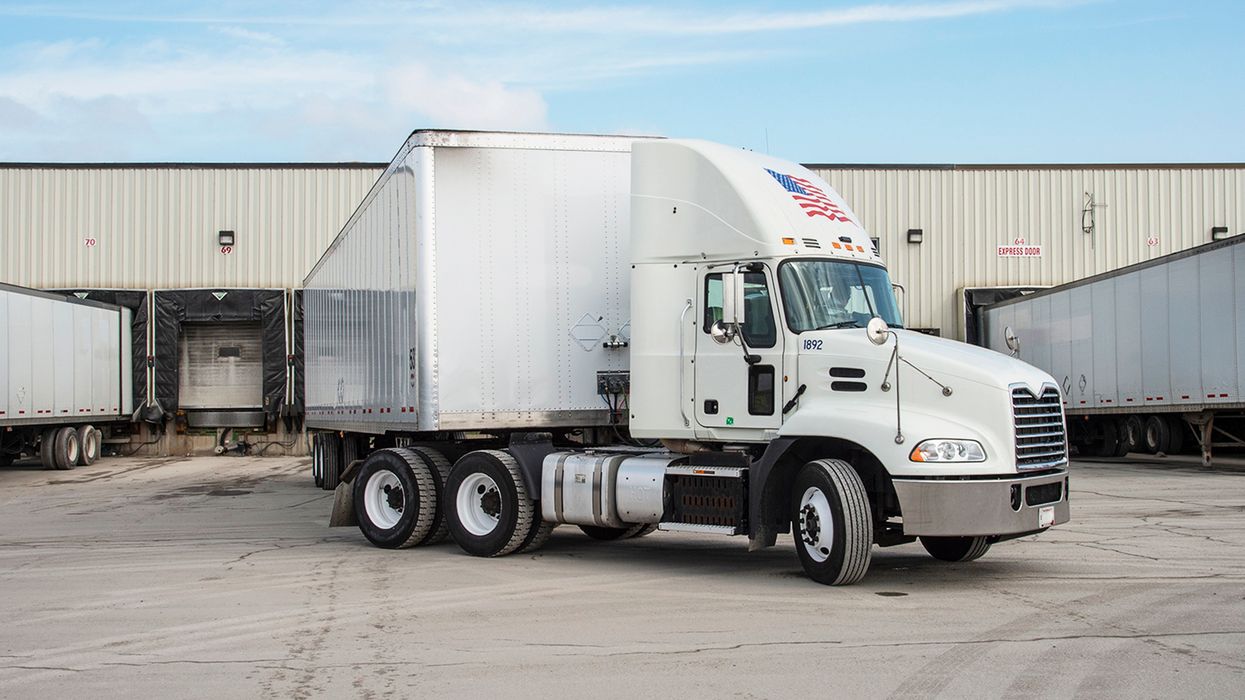HAZMAT — Transporting containers?
Here’s your way to a clean driving record!
Driving with hazardous materials on-board is no joke! One wrong mistake can cause damage to your person, property, and your companies bottom-line. Because of the dangers associated with shipping hazardous materials, it’s critical to follow safe practices when packaging so that hazardous materials stay inside the packaging during transportation.
Keep a clean record
Around this time, it’s good to brush up on a few ways you can stay safe on the road. As part of your spring-cleaning routine, take some time to look at the tips below.
- Containers for organizing. You need containers to help organize your workplace, so why not choose the right containers to package your materials? Make sure the packages you select passes its container test and holds the material you’ll be shipping.
- Don’t bite off more than you can chew. Each container you fill needs to have enough vacant space within it. Don’t over-fill the container and ensure there’s enough space for chemicals or materials to move around.
- Tidy up after yourself. Cleaning is one thing, but you need to ensure you consistently keep a clean workplace. Whenever you store a chemical in it’s container, always ensure it’s sealed properly. Don’t assume the container is sealed and leave it be—check every time!
The more you know
Keep in mind, combination packaging containing certain hazardous chemicals and materials must contain absorbent materials to absorb any leak. Where absorbent material is required and the outer package is not leak-tight you must also use a leakproof liner, plastic bag, or other means of containment.





